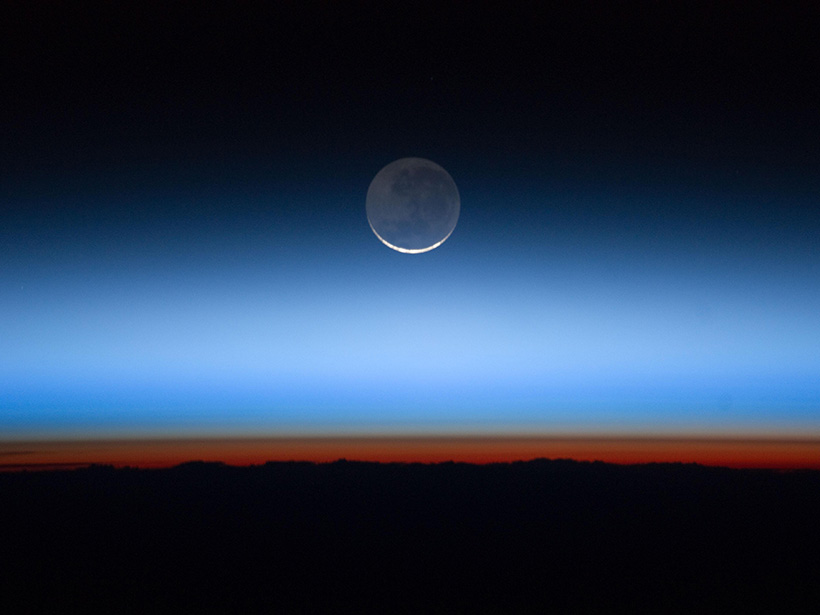Source: Geophysical Research Letters
The lowest level of the atmosphere, the troposphere, contains almost all of Earth’s weather. In the stratosphere above, moisture drops to almost zero. The boundary that separates these two layers—the tropopause—is defined as the point at which water ceases to cool as altitude increases. In the tropics, the tropopause is exceptionally cold and usually occurs at a higher altitude (around 17 kilometers, or about 10 miles) than in polar regions. The atmospheric conditions at these heights play an important role in global climate, as they determine the limits of cloud formation and water vapor dynamics.
In a new study, Bolot and Fueglistaler use spaceborne lidar to study ice fluxes near the tropical tropopause. They used NASA’s Cloud-Aerosol Lidar with Orthogonal Polarization (CALIOP) instrument to calculate how much ice is falling out of the tropopause layer, known as sedimentation. Significantly, more ice is found than ambient moisture can account for at these altitudes.
Ice near the tropical tropopause can come from two sources: advection of cirrus clouds and deep convection. The first can be thought of simply as large, icy clouds being lifted upward by background motions, whereas deep convection represents upward movement along a thermal gradient—a buoyancy of water/ice particles resulting from warmer, less dense material rising. By using data from ERA5 (a fifth-generation European Centre for Medium-Range Weather Forecasts atmospheric reanalysis), the researchers show that advection alone is insufficient to account for the missing ice below 17 kilometers and that the remainder must be made up by deep convection. (Geophysical Research Letters, https://doi.org/10.1029/2020GL091471, 2021)
—David Shultz, Science Writer
Citation:
Shultz, D. (2021), Convective transport explains “missing” ice near the tropical tropopause, Eos, 102, https://doi.org/10.1029/2021EO158251. Published on 10 May 2021.
Text © 2021. AGU. CC BY-NC-ND 3.0
Except where otherwise noted, images are subject to copyright. Any reuse without express permission from the copyright owner is prohibited.

